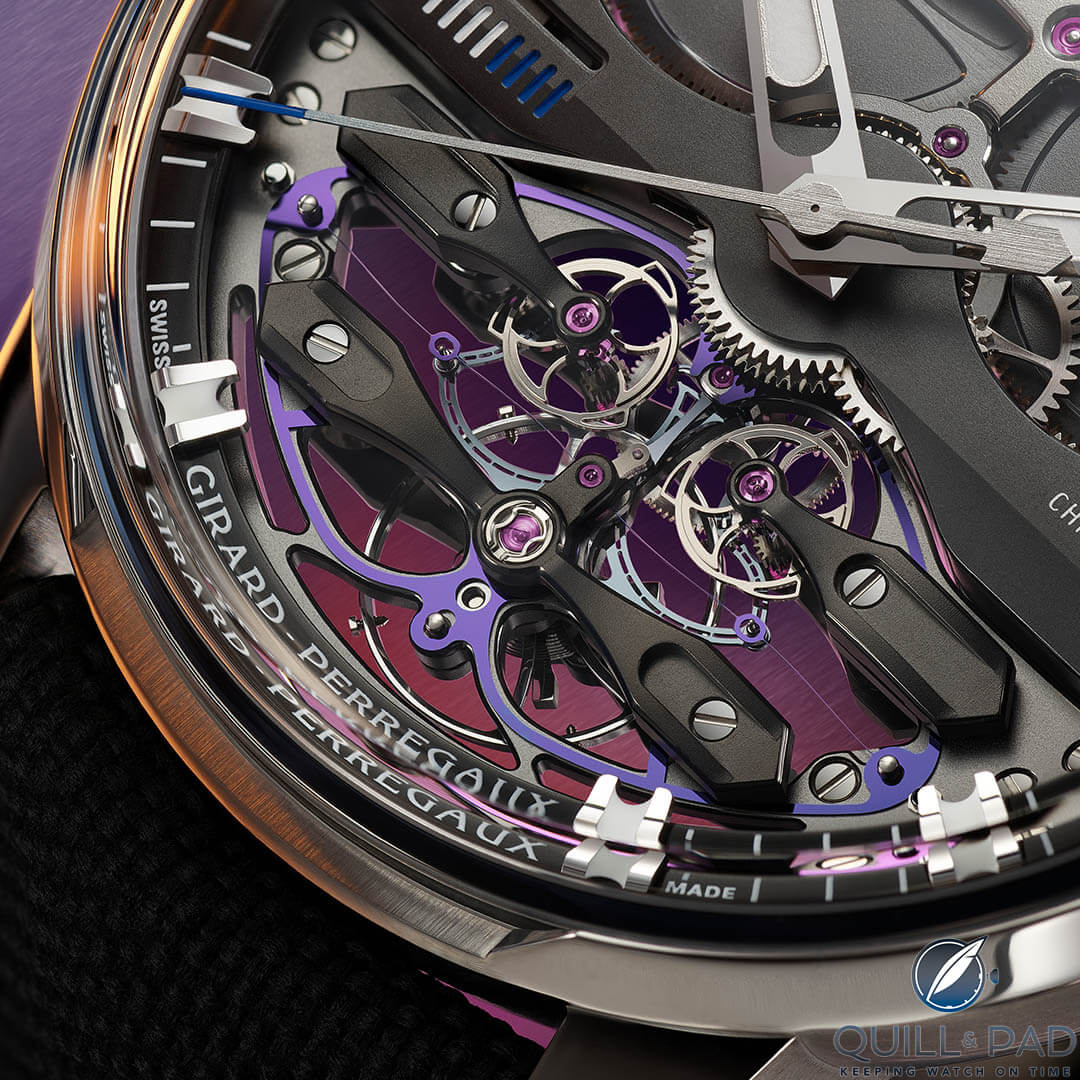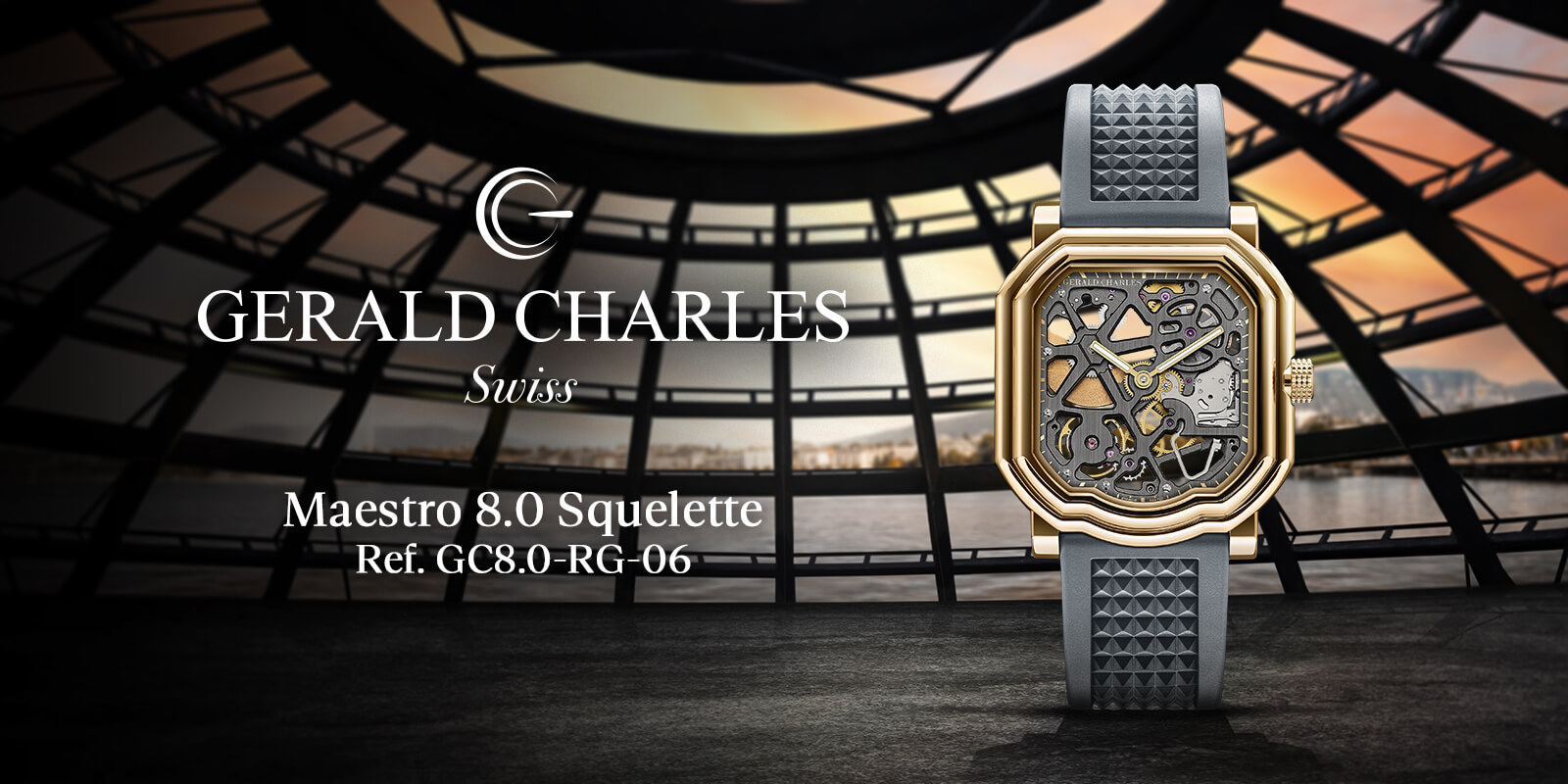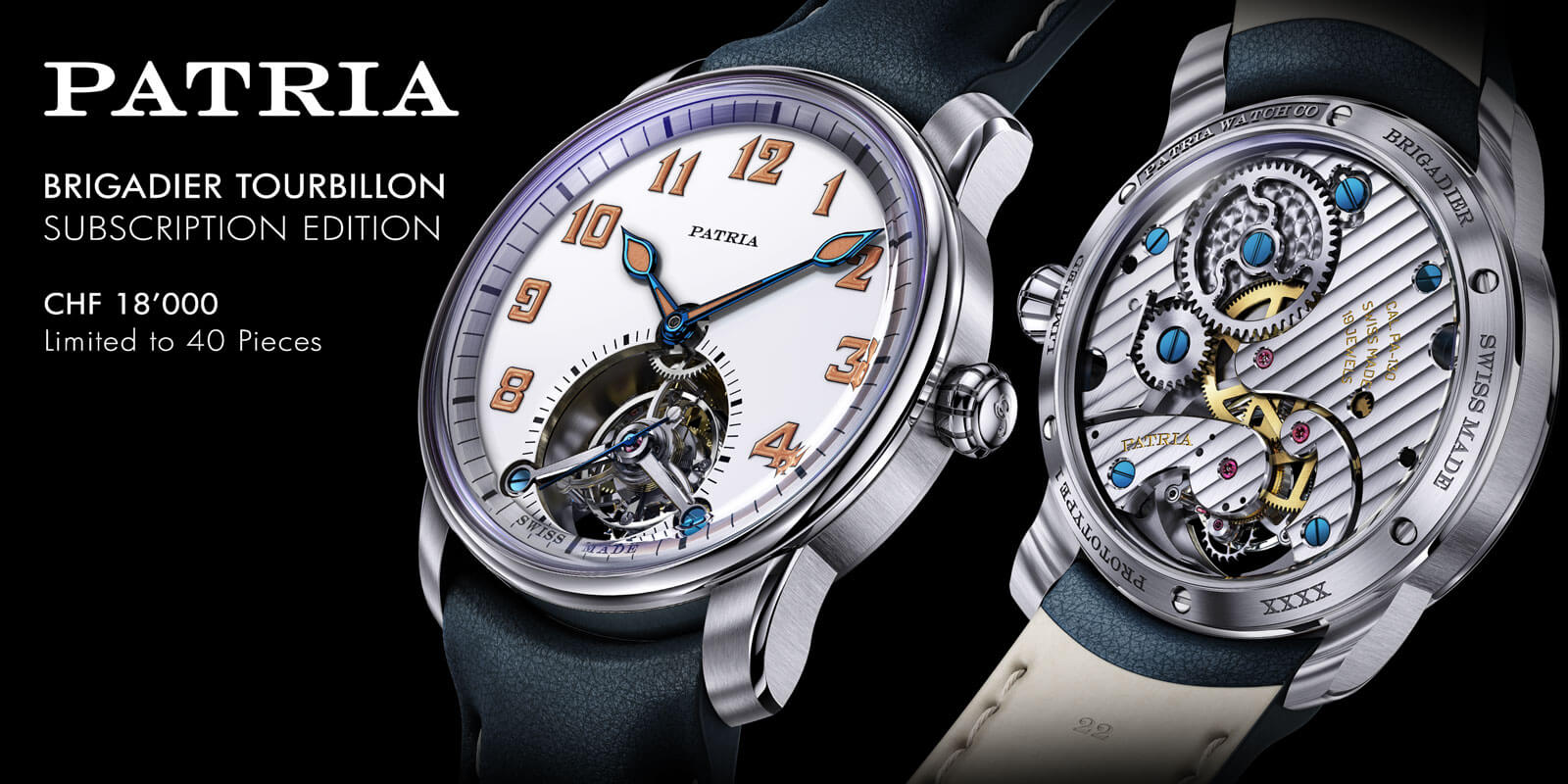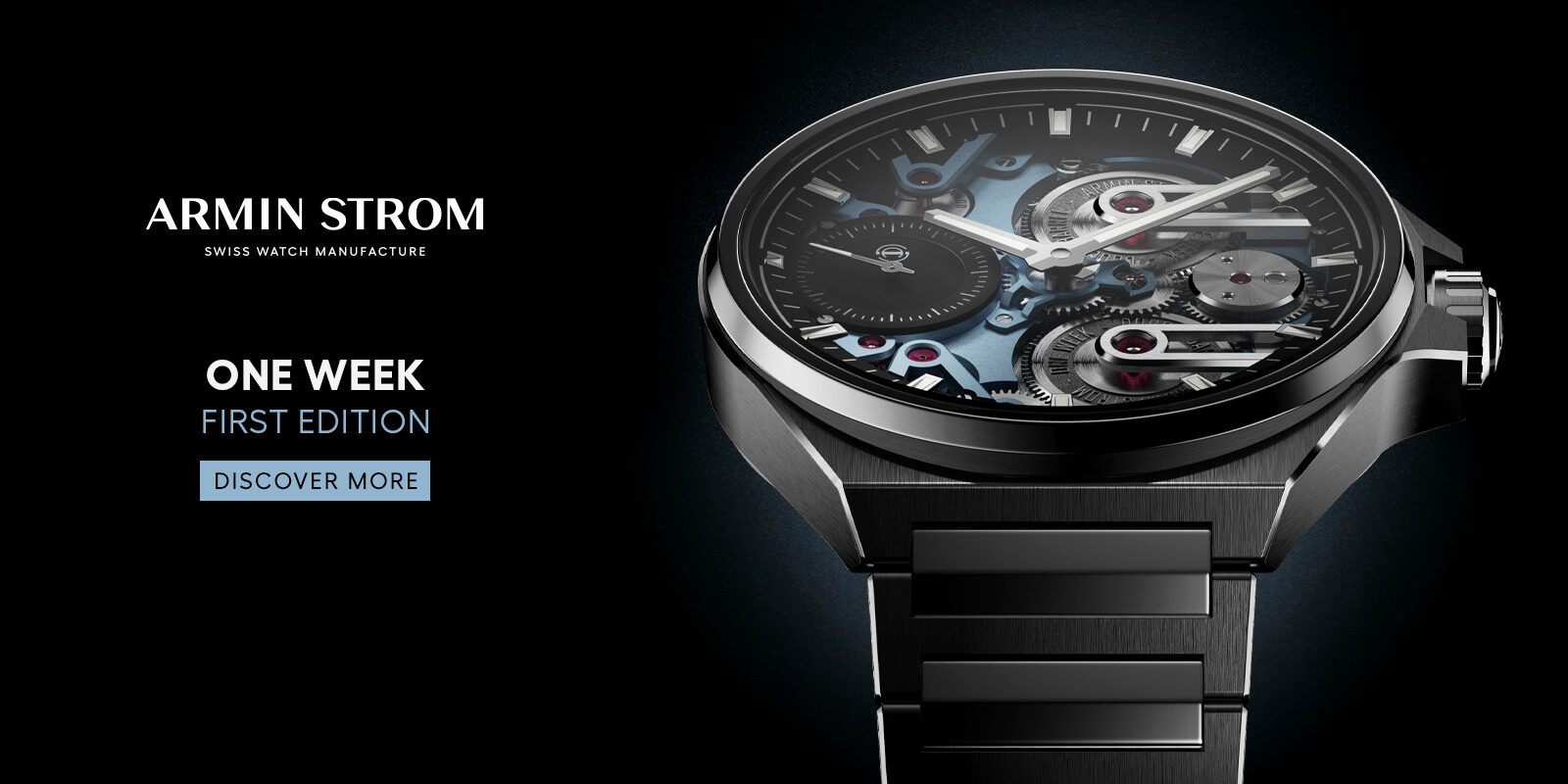Girard-Perregaux Neo Constant (Force) Escapement: The Evolution of a Revolution
by Martin Green
The world of watches is fascinating in many ways. One of them is the fact that, when focusing on improvement, complications are the main star. However, a complication is nothing but an added function that usually doesn’t add much to the watch’s primary function, which is telling time.
In fact, some complications even compromise accuracy; for example, when activating a chronograph, it causes a drop in the amplitude of the balance.
You can question why we would strive to make the mechanical watch more precise when it will always have difficulty competing with most quartz watches. The reason for this is the same as why mechanical watchmaking still exists; it is simply too fascinating to see all these tiny components working together, and it’s human nature to continually push the envelope.
Precision headache
Making a mechanical watch more precise is a glove that not many brands are willing to pick up. It requires determination and a vast investment in research and development, which might or might not pay off. You need to develop a feasible and dependable solution, and then successfully market and sell it to recoup the investment.

Girard Perregaux Neo Constant Escapement
Fortunately, some brands still take this course, and among them is Girard-Perregaux, which is making strides with its Constant Escapement, of which it recently launched its latest evolution: the Neo Constant Escapement.
————————————————————————————————————–
—————————————————————————————————–
Evolution is a slow process for watches like this. Girard-Perregaux showed the first prototype of the Neo escapement at the SIHH in 2008, but the development started back in 1996. It was then that watch engineer Nicolas Déhon had the idea of transmitting energy through a blade, a concept he then began developing into a working model.

2023 Girard Perregaux Neo Constant Escapement
One of the things that affect the accuracy of a watch is the mainspring. As it is fully wound, it offers a lot of power that slowly dwindles as it unwinds.
For an accurate watch, it is important that the escapement is ‘fed’ with an equal force at all times. This is not a new problem and other solutions have been developed. A fusee and chain is one, as is the remontoire. The idea of using a blade for constantly transmitting the energy is a newer approach and may sound easy.
Still, after the 12 years it took to develop a prototype, it took another five years to have the watch ready for the market.

Girard Perregaux Neo Constant Escapement
Challenges
One of the significant challenges was the production of a blade with suitable elastic properties. When you realize that it has to be six to ten times as thin as a human hair, you have an idea of the complexity of it all.

Silicon blade of the Girard Perregaux Neo Constant Escapement
For the new Neo Constant Escapement, Girard Perregaux completely redesigned the blade and the technical configuration surrounding it. This is in part made possible by the strides that have been made in the production of silicon, the material of which the blade is made.
Girard-Perregaux’s Neo Constant Escapement runs at 3Hz, and thanks to its two main spring barrels, it offers constant performance for seven days. It is Chronometer-certified, but in all honesty, that feels like Max Verstappen winning at a local kart race. While I understand that it underscores the precision aspect of the Neo Constant Escapement, it is not the same as a Sellita SW300 with the same certification, but it helps in marketing it.
—————————————————————————————————–
—————————————————————————————————–
Looking precisely good
While it is remarkable how Girard-Perregaux made the movement, it is even more astonishing how they turned it into such an incredibly good-looking watch. Compared to its predecessor, the Neo Constant Escapement has a very wearable size of 45mm in diameter at a thickness of 14.8mm.

Girard Perregaux Neo Constant Escapement
It sits nicely on even a smaller wrist thanks to relatively short lugs, while the titanium case keeps the weight down. It lacks a dial, but a chapter ring marks the hours and minutes.
The bridges take inspiration from the famous tourbillon with gold bridges, which in recent years Girard-Perregaux has cleverly turned into a design hallmark for a larger portion of its collection. The center stage is there for the escapement, performing its mesmerizing dance at the lower half of the watch.
The top seems less exciting, just showing the two mainspring barrels, but with the bridge section over it, they give a sense of power while cleverly toning down the design from becoming too much of a good thing.
In that matter, the power reserve indicator is linear. This brings back memories of Girard-Perregaux’s once-upon-a-time sister brand, Daniel Jean-Richard. It is there, easy to read, but also not drawing too much attention to itself.

Back of the Girard Perregaux Neo Constant Escapement
The back of the watch shows a similar exceptional eye for detail and balance. While its predecessor used a small dial to tell the time, with the Neo Constant Escapement, the hands are mounted in the middle. This makes it perhaps a bit more mainstream, but that is also the goal.
The Girard-Perregaux Neo Constant Escapement is a watch to wear and enjoy. As it shows the evolution of a revolutionary escapement, its desire is, in part, also to make this technology more mainstream. While they are there in terms of dependability and wearability, production is still complex. This significantly limits the yearly production.

Girard Perregaux Neo Constant Escapement
While I normally forgo being on the waiting list for any watch, this is one I would make an exception for, as it strides into the future of precision mechanical watchmaking.
For more information, please visit www.girard-perregaux.com/row_en/93510-21-1930-5cx.html
Quick Facts Girard-Perregaux Neo Constant Escapement
Indications: hours, minutes, seconds; linear power reserve
Case: Grade 5 titanium
Dimensions: 45 mm x 14.8 mm,
Caliber: Caliber GP09200-1153, manually wound with 7 days of constant force power reserve, 3Hz, Chronometer certified
Price: CHF 95,000
You might also enjoy:
Girard-Perregaux Laureato: The Underappreciated Royal Oak Substitute?
6 Steel Sports Watch Options That Are Both (Relatively) Affordable And Definitely Obtainable







Leave a Reply
Want to join the discussion?Feel free to contribute!